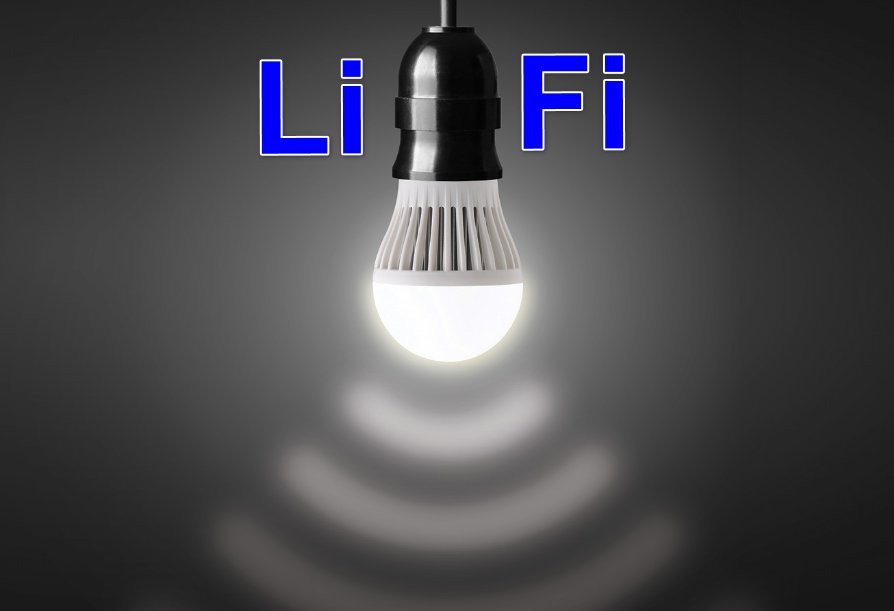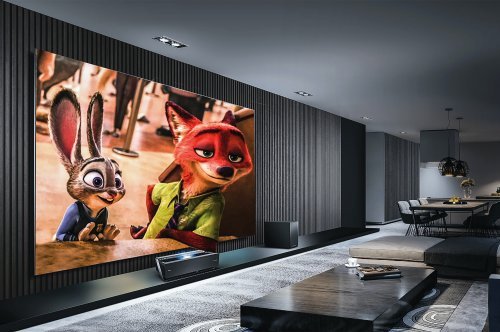Li-Fi: The Future of Wireless Communication?

As the world becomes increasingly connected, the need for faster, more reliable wireless communication is more pressing than ever. Wi-Fi has been the dominant force in this space for decades, but a new technology, known as Li-Fi, is rapidly gaining attention as a potential successor.
Li-Fi, which stands for Light Fidelity, uses light waves to transmit data wirelessly. The technology was first developed in 2011 by Harald Haas, a professor at the University of Edinburgh, and is based on the principle of Visible Light Communication (VLC). VLC involves using light-emitting diodes (LEDs) to transmit data, with each LED emitting a unique binary code that can be picked up by a photodetector.
One of the biggest advantages of Li-Fi is its speed. While Wi-Fi can theoretically achieve speeds of up to 7 Gbps, Li-Fi has the potential to reach speeds of up to 224 Gbps. In practice, laboratory tests have demonstrated speeds of around 10 Gbps, which is still significantly faster than Wi-Fi.
Another advantage of Li-Fi is its security. Because light waves cannot penetrate walls, Li-Fi signals are highly secure and cannot be intercepted by unauthorized users outside of the room in which the transmitter is located. This makes Li-Fi ideal for use in situations where data security is of paramount importance, such as in banking or government communications.
Li-Fi also has the potential to be more energy-efficient than Wi-Fi. Because light bulbs are already present in most indoor spaces, such as homes, offices, and public buildings, Li-Fi can use existing infrastructure to transmit data without the need for additional hardware. This could lead to significant energy savings in the long run.
However, there are also some challenges to widespread adoption of Li-Fi. One of the biggest is the need for a direct line of sight between the transmitter and receiver. This means that Li-Fi is currently best suited for indoor applications, and would require significant investment to be used outdoors.
Another challenge is the fact that Li-Fi is not yet standardized, which means that different implementations may not be interoperable. This could lead to compatibility issues and hinder the widespread adoption of the technology.
Despite these challenges, Li-Fi is a promising technology that has the potential to revolutionize wireless communication in the coming years. With its high speeds, security, and potential energy efficiency, Li-Fi could become the future of wireless communication. As more research is conducted and the technology becomes more refined, Li-Fi may eventually become the new standard for wireless communication.













